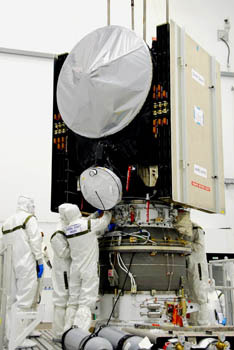Bipolar Disorder (BPD or manic-depressive illness) is one of the most serious of all mental disorders, affecting millions of individuals worldwide. Affected individuals alternate between states of deep depression and mania. While depression is characterized by persistent and long-term sadness or despair, mania is a mental state characterized by great excitement, flight of ideas, a decreased need for sleep, and, sometimes, uncontrollable behavior, hallucinations, or delusions. BPD likely arises from the complex interaction of multiple genes and environmental factors. Unlike some brain diseases, no single gene has been implicated in BPD.

|
| ©iStockphoto
|
| Mice that were missing the GluR6 gene underwent a series of tests designed to approximate the symptoms of mania. These mice showed many of the symptoms of mania, including hyperactivity, aggressiveness, driven or increased goal-directed pursuits, risk-taking, and super-sensitivity to amphetamine.
|

Comment: A dose of hubris and lack of reasoning produces such ideas unfortunately. Instead the money and energy could be used to fund research into NEOs and the collection of historical data on cometary/asteroid impacts on earth, in order to inform the public and prepare them accordingly. This project is a distraction from the real issues at hand.